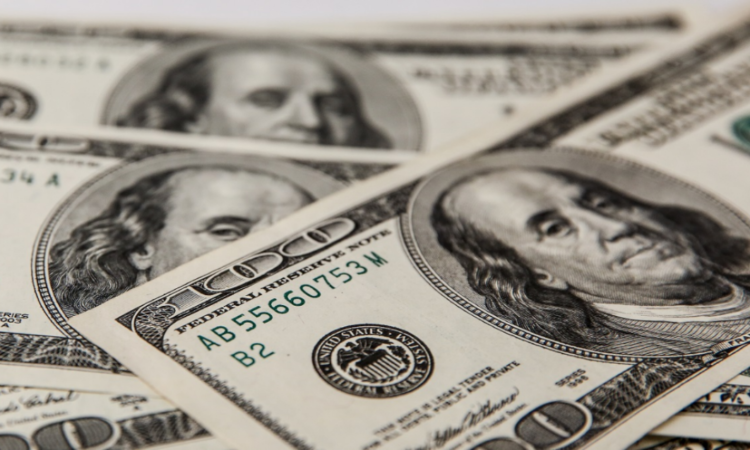
News of countries seeking to reduce their reliance on the US dollar in their economies have made waves of late. Brazil and China recently signed a deal to settle bilateral trade in each other’s currencies. India and Malaysia have begun using the Indian rupee to settle trades while energy exporters, including Saudi Arabia, have warned about moving away from the dollar. China is also exploring settling its purchases of natural gas with France in yuan.
According to the latest IMF survey, the USD’s share of currency composition in global foreign exchange reserves fell to 58.4% last year, the lowest in two decades and down from 71.3% in 1999 when the euro was launched. The euro’s share remains steady at around 20% while currencies like the Australian and Canadian dollars, and the Chinese yuan, are gaining ground with a combined share of more than 10%.
But while it’s realistic to expect an increasingly diverse currency landscape going forward, our expectations for dollar weakness in the near term is not based on the assumption of a decline in its global currency status. On the contrary, we believe that the global economy will remain USD-centric for years to come.
Global currency regimes are sticky. Changes in the world’s dominant currency have historically taken a long time to materialize as the reserve status tends to survive well past the peak of its influence. Indeed, in the period after Russia’s invasion of Ukraine, the dollar and the euro saw little changes to their weights even as the US and the EU imposed heavy sanctions on Russia. The share of US dollars held by central banks in their FX reserves is at almost 60%. Likewise in global trade, the greenback is still used in over 40% of every global payment and 85% of trade finance contracts, according to SWIFT.
Liquidity and hedging are top priorities for global reserve managers and in international trade. The US dollar accounted for one side of 88% of FX trades in 2022, according to the BIS. By comparison, the euro, the world’s second most traded currency, accounted for just over 30% while the yuan, the world’s fifth most-traded currency, accounted for 7% from 4% in 2019. The dollar also dominates in derivatives such as forwards, swaps, and options. The ability to hedge exposure to a given currency via derivatives constitutes a strong appeal to reserve managers and those involved in international trade.
Stability and security. Despite the recent challenges in the US financial and political landscapes, the US still ranks highly in various gauges including the rule of law, regulatory quality and efficiency, and market openness. As a result, the US continues to attract large flows of foreign investments. Foreign purchases of US Treasury bonds totaled a net USD 730bn in the 12 months to January 2023, compared to USD 89bn in net sales of Chinese bonds by foreigners over the same period.
So, it’s important to note that our outlook for a weaker US dollar in the near future is not based on the assumption of a decline in its global currency status, which we believe will remain dominant for the foreseeable future. Instead, we expect the dollar to weaken this year as US economic growth and its interest rate premium relative to the rest of the world are likely to erode in the coming months.
We recommend investors diversify their USD cash or fixed income holdings, reduce allocations to US equities or seek position in options or structured strategies that could deliver positive returns in the event of dollar weakness. On a relative basis, we prefer the Australian dollar as well as the Swiss franc, euro, pound, and yen. We also see gold as an attractive portfolio diversifier and target a price of USD 2,200/oz over the next 12 months.



